- No products in the cart.
Yunispaz n Table 12 pc
$1.82
Yunispaz n Table 12 pc
SKU: 047928737 Categories: Analgesics, antispasmodics, Medicaments Tags: Drotaverinum + paracetamol, UNIC
Description
Composition
Active substance:
1 tablet contains: Paracetamol – 500 mg, drotaverine hydrochloride – 40 mg.
Excipients:
Corn starch, pregelatinized starch, quinoline yellow coloring agent, sodium carboxymethyl starch, magnesium stearate, talc, microcrystalline cellulose.
Description:
Biconvex oblong tablet yellow scored on one side.
Product form:
Tablets.
6 tablets in blister AL / AL; 1 blister (6 tablets) or 2 blisters (12 tablets) or 3 blisters (18 tablets) or 4 blister (24 tablets) together with instructions for use in a cardboard box.
Contraindications
hypersensitivity; severe renal and hepatic failure; severe chronic heart failure (III-IV NYHA functional class classification), atrioventricular block II-III degree, cardiogenic shock; respiratory failure, bronchial asthma; alcoholism; diseases of the blood (thrombocytopenia, leucopenia, agranulocytosis); deficiency of glucose-6-phosphate dehydrogenase; intracranial hypertension; simultaneous application of other preparations containing paracetamol; treatment monoamine oxidase inhibitors (and for another 14 days after withdrawal); pregnancy and lactation; Children up to age 6 years.
Precautions designate patients with benign hyperbilirubinemia (Gilbert syndrome) patients with AV block I degree, as well as the elderly.
Indications
Pain syndrome mild to moderate intensity (tooth and headache, joint pain, muscle, neuralgia, tuberculosis), due, including spasms of smooth muscles of internal organs (renal colic, biliary colic, biliary dyskinesia and gallbladder hyperkinetic , intestinal colic, spastic constipation, spastic colitis, tenesmus).
Interaction with other drugs
Drotaverinum reduces the effect of levodopa (may increase the tremor and rigidity).
If concomitant use of paracetamol with chloramphenicol increases the half-life of chloramphenicol and enhanced its toxicity.
Concomitant use of paracetamol with doxirubicin increases the risk of liver dysfunction. Paracetamol reduces the effect of uricosuric drugs.
Metoclopramide and domperidone increase the absorption of paracetamol, and cholestyramine reduces it. Concomitant use of high doses of paracetamol enhances the anticoagulant effect of drugs (fusion reduction of procoagulant factors in the liver). Inductors microsomal oxidation in the liver (phenytoin, barbiturates, rifampicin, phenylbutazone, tricyclic antidepressants), ethanol and hepatotoxic drugs increase the production of hydroxylated active metabolites, which makes the possibility of severe intoxication, even with a small overdose. Prolonged use of barbiturates, reduces the effectiveness of paracetamol. Ethanol contributes to the development of acute pancreatitis. Inhibitors of microsomal oxidation (including cimetidine) reduce the risk of hepatotoxicity. Prolonged sharing of paracetamol and other non-specific anti-inflammatory drugs increase the risk of “analgesic” nephropathy and renal papillary necrosis, onset of end-stage renal failure. Simultaneous long-term administration of paracetamol at high doses of salicylates, and increases the risk of kidney cancer, or bladder. Diflunisal increases the plasma concentration of paracetamol at 50% – the risk of hepatotoxicity. Myelotoxic drugs increase the expression gematotoksichnosti paracetamol.
Overdose
Symptoms caused by an overdose of paracetamol: during the first 24 hours after administration – paleness of the skin, nausea, vomiting, anorexia, abdominal pain; impaired glucose metabolism, metabolic acidosis.
Symptoms of liver function may occur through 12-48 hours after the overdose. In severe overdose – liver failure with progressive encephalopathy, coma; acute renal failure with tubular necrosis (including the absence of severe liver disease); arrhythmia, pancreatitis. Hepatotoxic effect manifests itself in adults when receiving 10 g or more.
Treatment: gastric lavage, saline laxatives, administering donators SH-groups and precursors of glutathione synthesis – methionine through 8-9 hours after the overdose and N-acetylcysteine - 12 hours The need for additional therapeutic activities (further administration of methionine, intravenous N-. acetylcysteine) is determined depending on the blood concentration of paracetamol, as well as on the time elapsed after administration. In severe damage to the central nervous system may need mechanical ventilation, oxygen therapy.
pharmachologic effect
Pharmacological group:
Analgesic combined (non-narcotic analgesic antispasmodic agent +).
Pharmacodynamics:
Combination drug action is due to its constituent components.
Drotaverine – isoquinoline derivative having spasmolytic effect against smooth muscle (inhibition of the enzyme phosphodiesterase IV, increasing the concentration of cAMP, which miozinkinazu inactivating the enzyme, leads to smooth muscle relaxation). Drotaverine also possesses a weak inhibitory effect on calmodulin-dependent calcium channels. Regardless of the type of the autonomic innervation drotaverin effective smooth muscle spasm. It acts on the smooth muscle found in vascular, gastrointestinal, and urogenital systems, biliary (phosphodiesterase IV content in various tissues different).
Paracetamol has analgesic and antipyretic effect mainly by inhibiting prostaglandin synthesis in the central nervous system. In inflamed tissues cellular peroxidase neutralize paracetamol, which explains the almost complete absence of anti-inflammatory effect. The absence of a blocking effect on the synthesis of Pg in peripheral tissues causes lack of paracetamol negative influence on the water-salt exchange (sodium and water retention) and the mucosa of the gastrointestinal tract.
Pharmacokinetics:
Paracetamol is rapidly absorbed in the gastrointestinal tract and is distributed in most of the organs and tissues. Absorption – high, time to maximum concentration is reached after 0.5-2 hours; maximum concentration – 5-20 .mu.g / ml. Relationship to plasma proteins – 15%. It penetrates the blood-brain barrier. Less than 1% of the accepted dose of paracetamol nursing mother enters the breast milk. It is metabolized in the liver (90-95%): 80% unreactive conjugation with glucuronic acid and sulphates to inactive metabolites; 17% undergoes hydroxylation to form 8 active metabolites, which is conjugated with glutathione to form already inactive metabolites. With a lack of glutathione, these metabolites may block the enzyme systems of hepatocytes and cause their death. The metabolism of the drug is also involved isoenzyme CYP2E1. The half -. 4.1 h excreted by the kidneys as metabolites, mainly conjugates, only 3% – unchanged. In elderly patients with reduced clearance of the drug and increases the half-life.
Drotaverinum ingestion quickly and almost completely absorbed, absorption – high, poluabsorbtsii period – 12 min. Bioavailability – 100%. Evenly distributed in tissues, penetrates into the smooth muscle cells. Time to maximum concentration -. 2 hours Connection plasma protein is 95-98%. The half -. 4.1 h mainly excreted by the kidneys, to a lesser extent – in the bile. It does not cross the blood-brain barrier.
Conditions of supply of pharmacies
Without recipe.
side effects
On the part of the central nervous system (usually develops when taking high doses): dizziness, headache, somnolence.
Cardio-vascular system: arterial hypotension, arrhythmia, tachycardia, “hot flashes.”
From the digestive system: nausea, constipation, rarely (at high doses) – toxic liver damage.
From the side of hematopoiesis: long-term use at high doses – aplastic anemia, agranulocytosis, thrombocytopenia.
Allergic reactions: skin rash, rarely – bronchospasm, swelling of the nasal mucosa.
special instructions
The risk of liver damage increases in patients with alcoholic hepatosis. In renal and hepatic insufficiency mild to moderate dose of gravity must be installed individually. In applying the drug over 3 days and / or high doses necessary to monitor patterns of peripheral blood (number of leukocytes, platelets) and hepatic function ( “liver” enzymes). Clinical and laboratory signs of hepatotoxicity begin to appear 48-72 hours after administration of large doses of drug. During the period of treatment should refrain from driving vehicles and occupation of other potentially hazardous activities that require high concentration and psychomotor speed reactions.
Storage conditions
Stored in a dry place at a temperature not higher than 30 C.
Keep out of the reach of children.
Dosing and Administration
Inside, with a large number of liquid through 1-2 hours after a meal (taking the drug immediately after meals results in a delay in onset of action). Children aged 6 to 12 years of drug administered in a single dose of 1/2 tablets. Repeated use of the drug possible after 10-12 hours, the maximum dose is 2 tablets per day.
Adults and adolescents over 12 years of drug recommended for use 1-2 tablets at a time, if necessary, the reception can be repeated after 8 hours. If a short (no more than 3 days) course of treatment the maximum daily dosage of 6 tablets with a longer course of treatment should not exceed 4 tablets per day.
Elderly patients with normal liver function and renal drug dose adjustment is required, in patients with hepatic and / or renal insufficiency, dose should be lowered and set individually.
The maximum duration of treatment without consulting a doctor – 3 days.
Information
Appearance may differ from that depicted in the picture. There are contraindications. You need to read the manual or consult with a specialist
Additional information
| Weight | 0.100 kg |
|---|---|
| Manufacturer | UNIC |

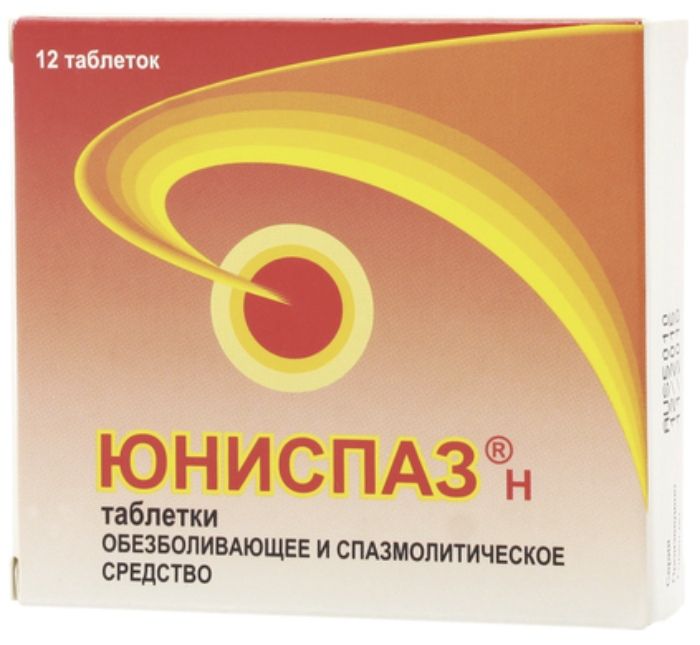
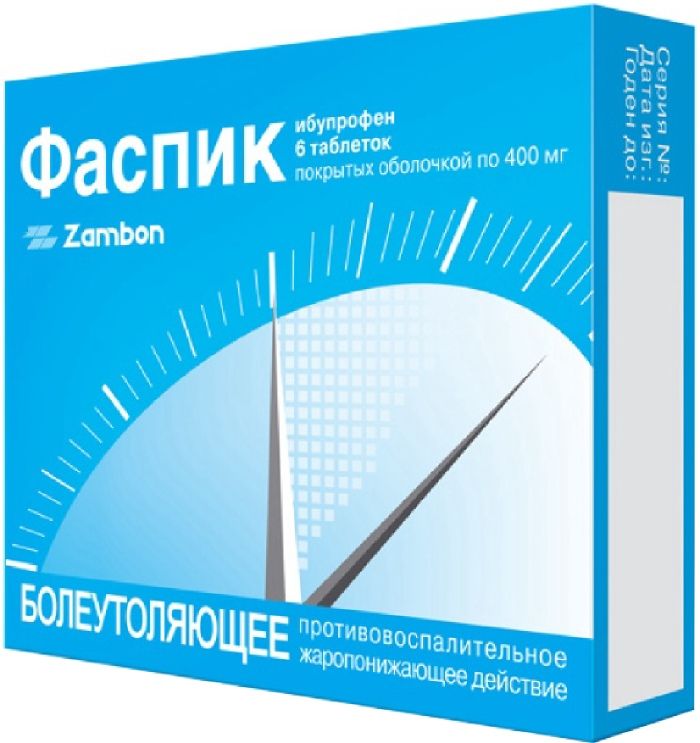
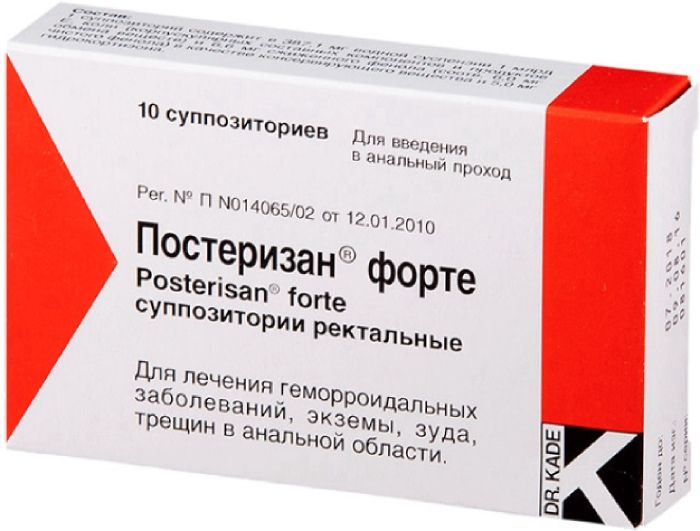
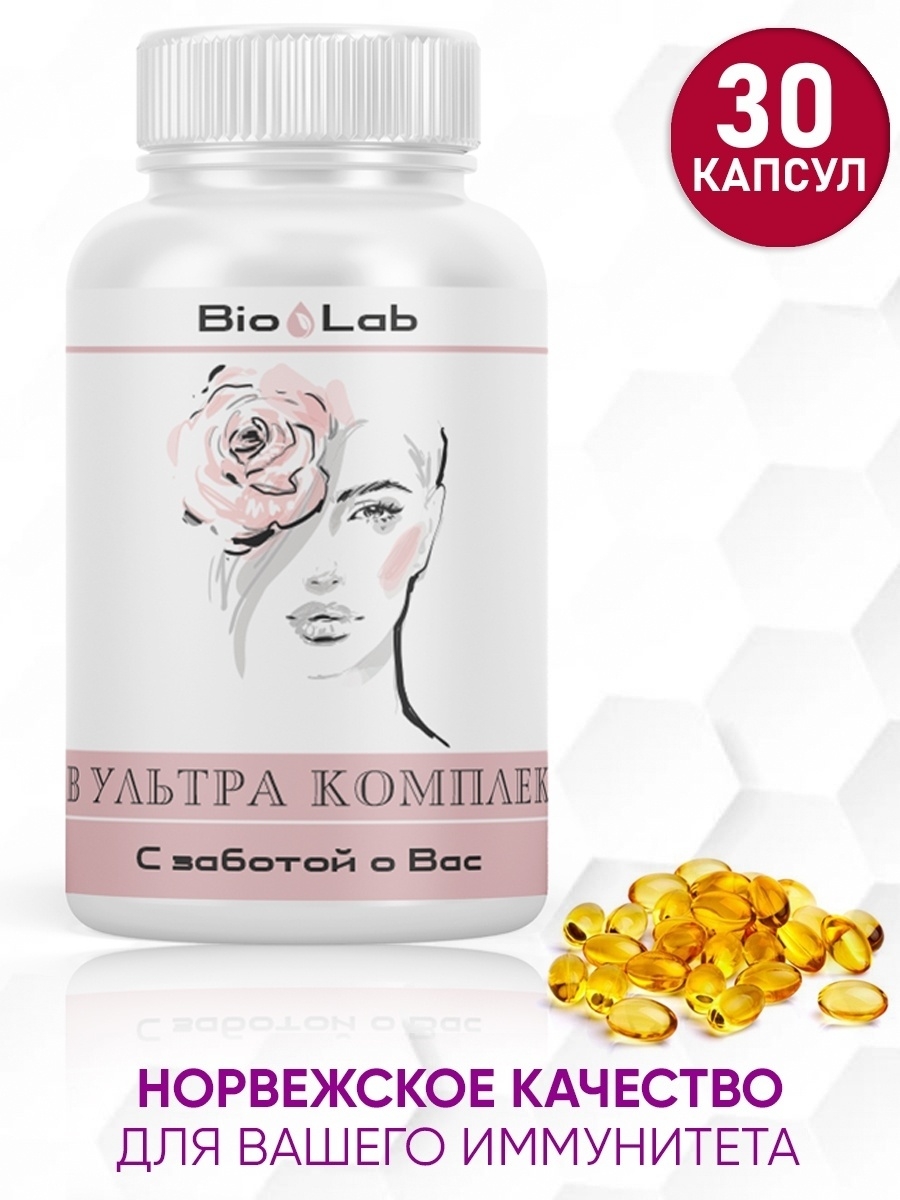
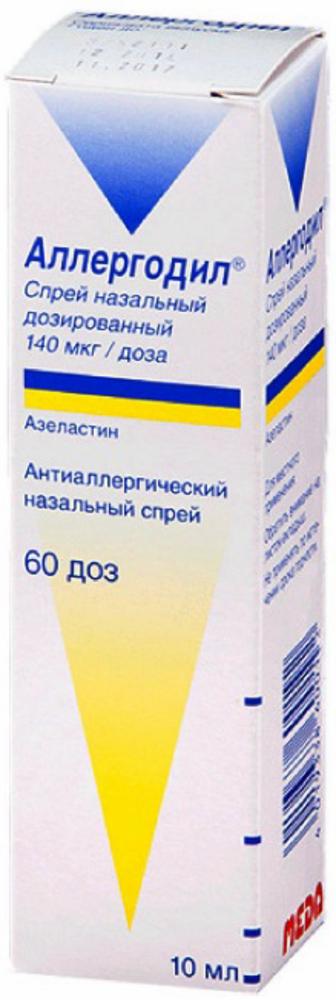
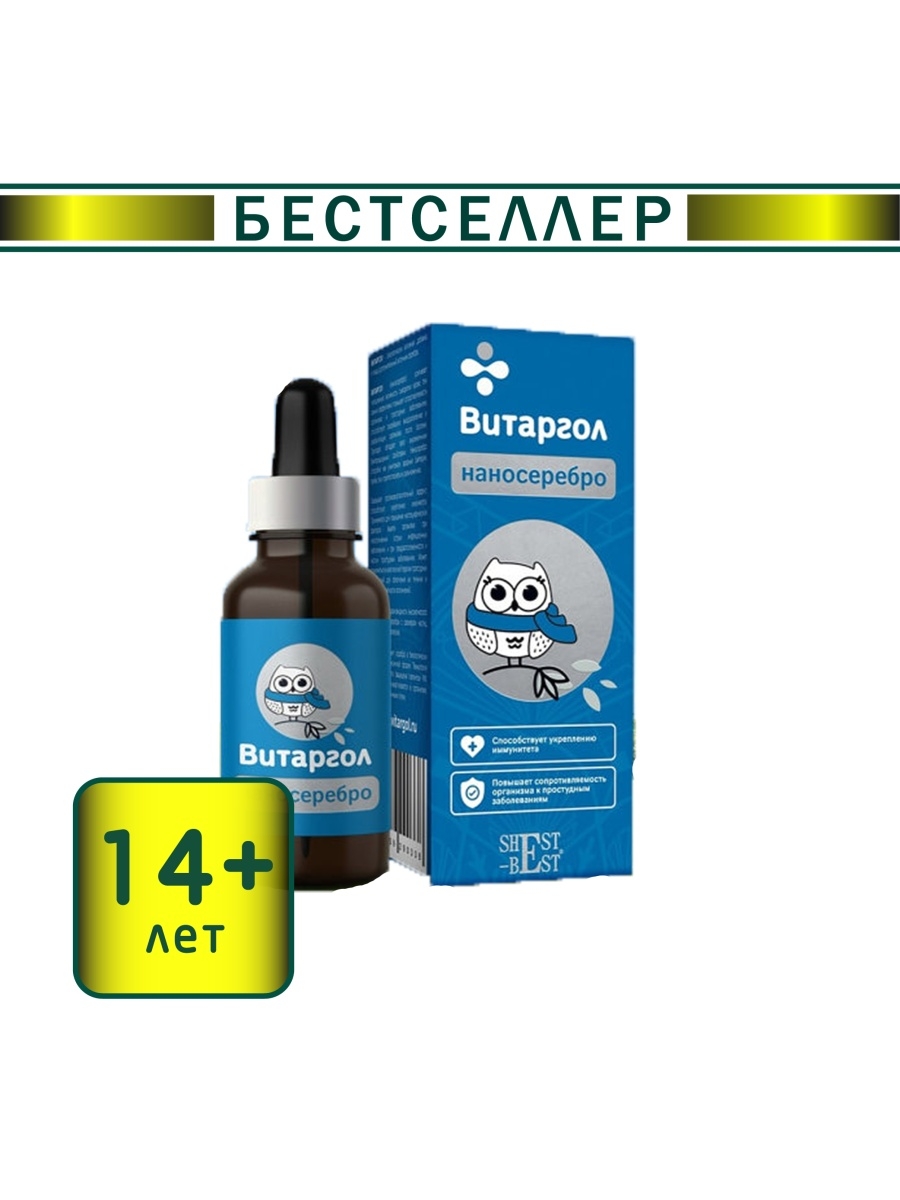
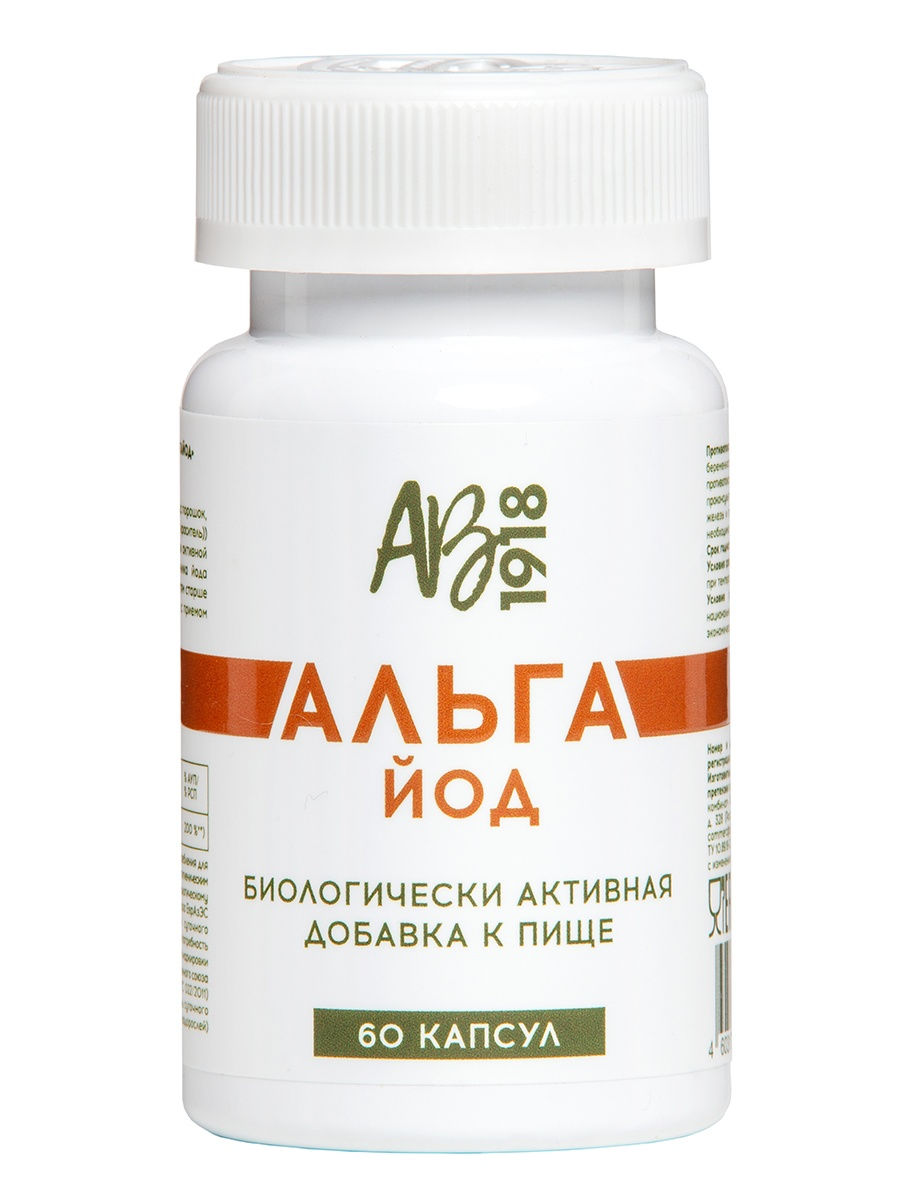
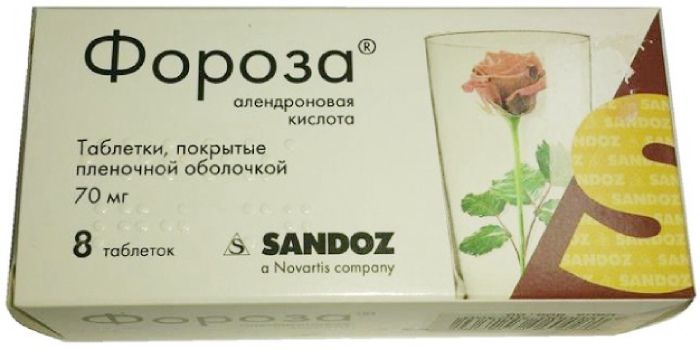
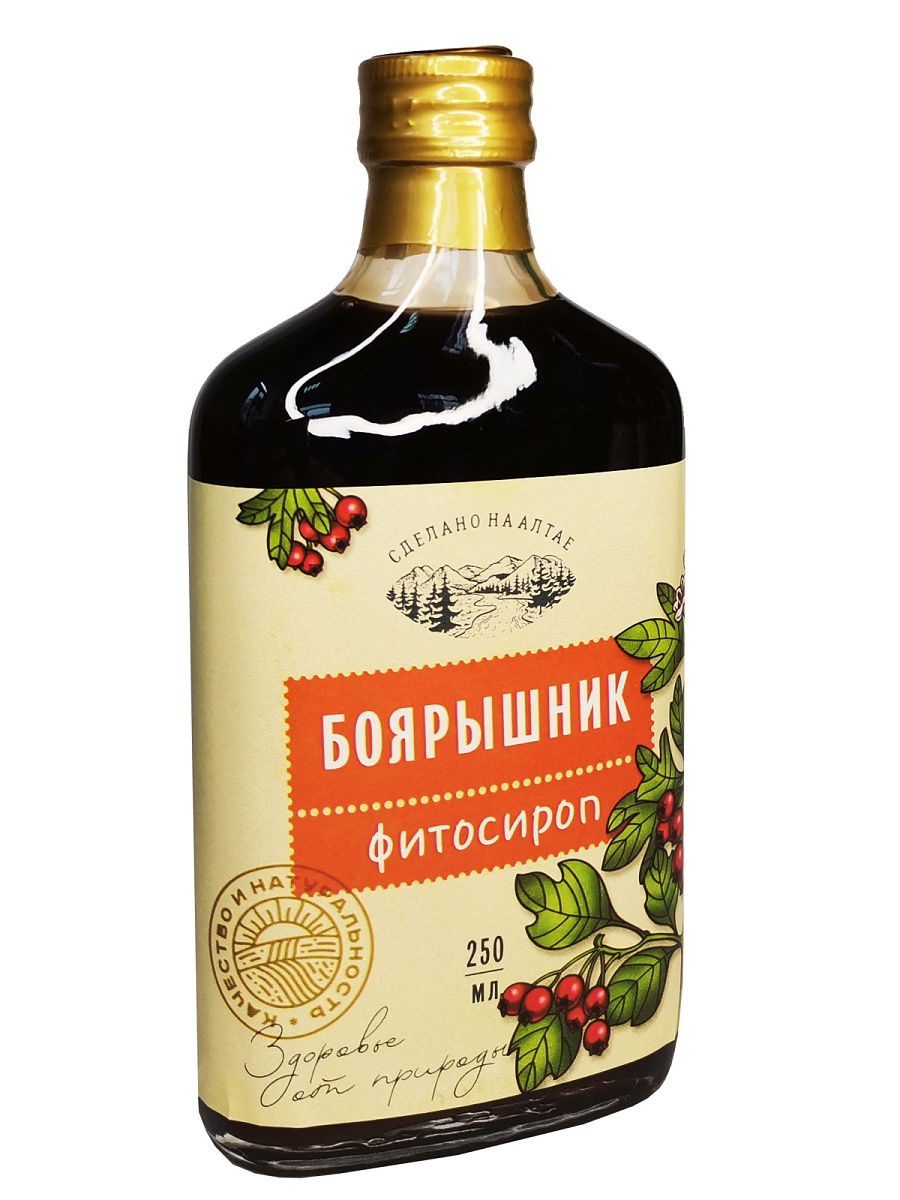




There are no reviews yet.